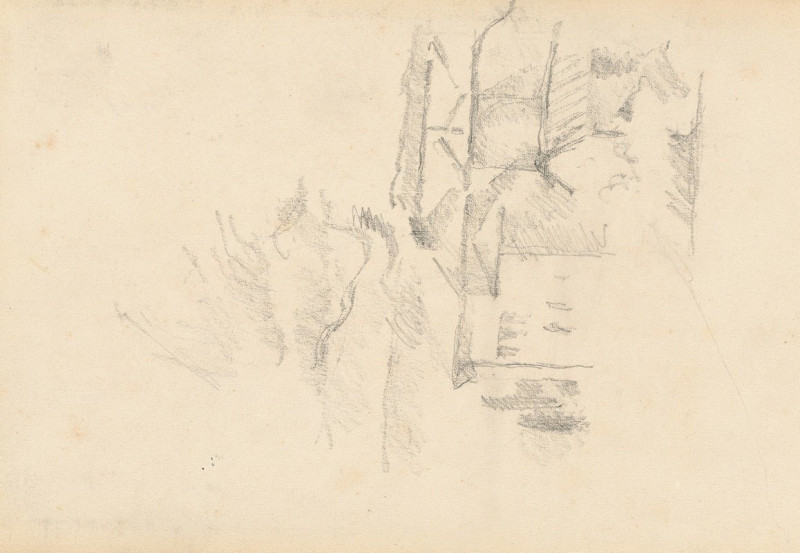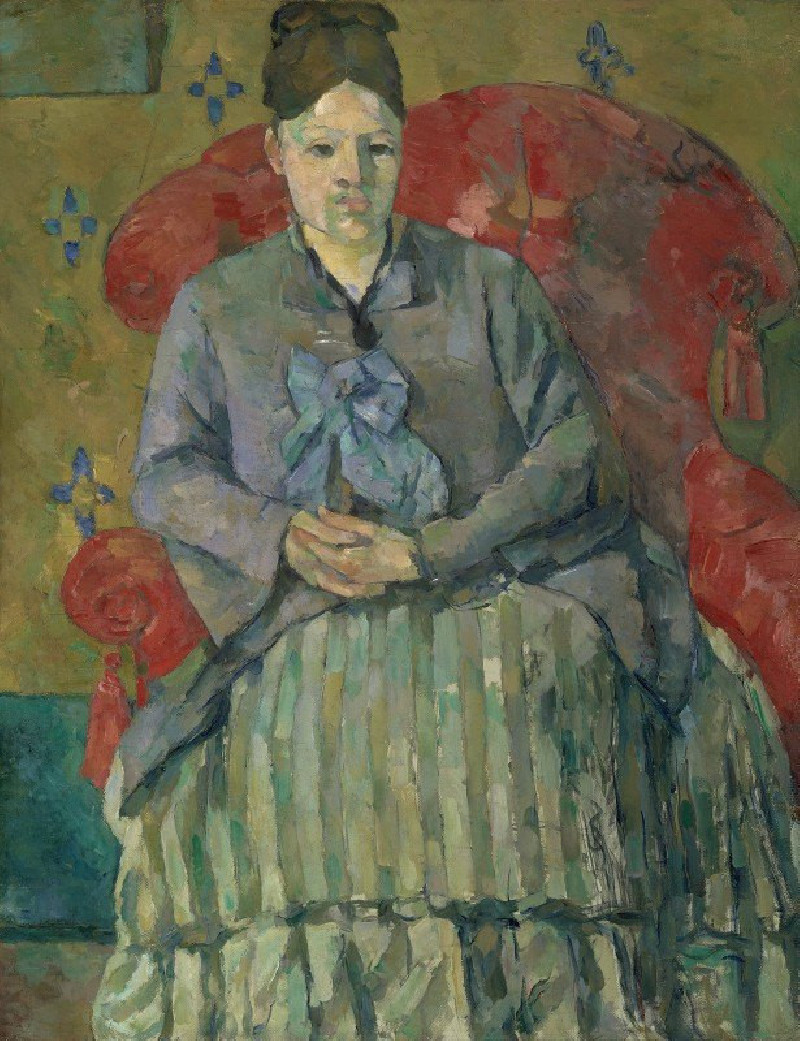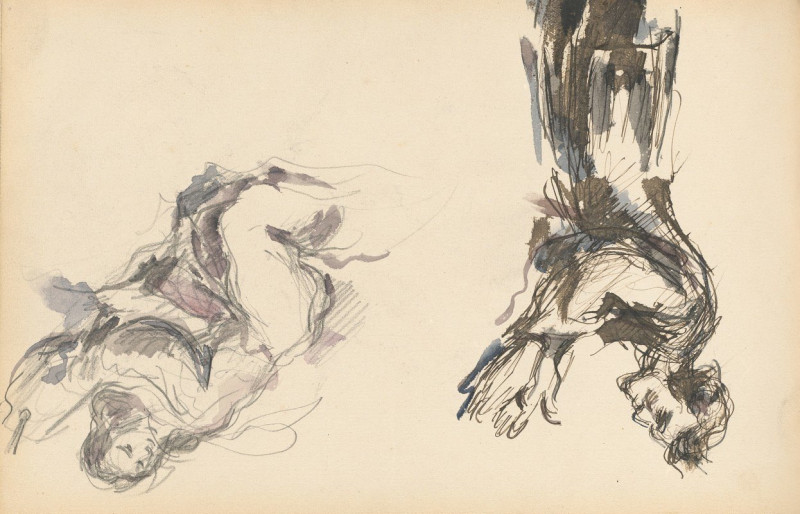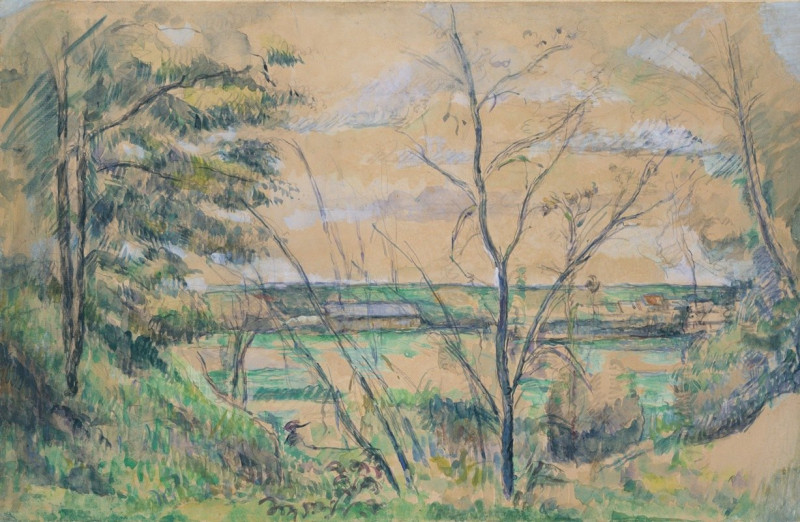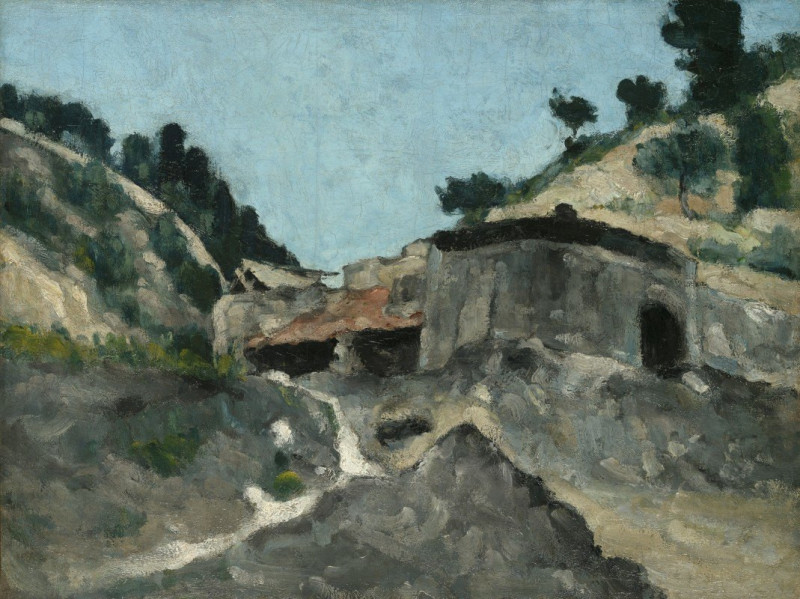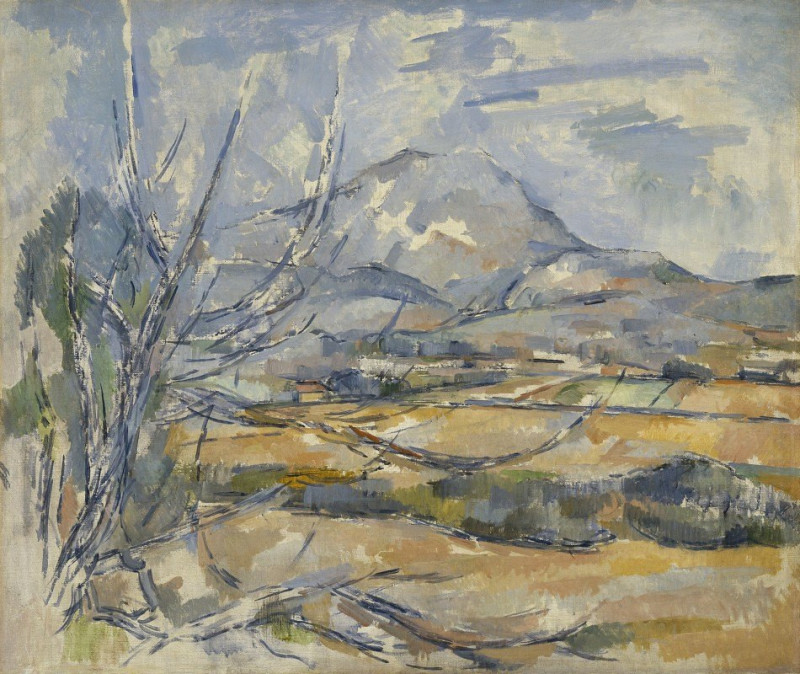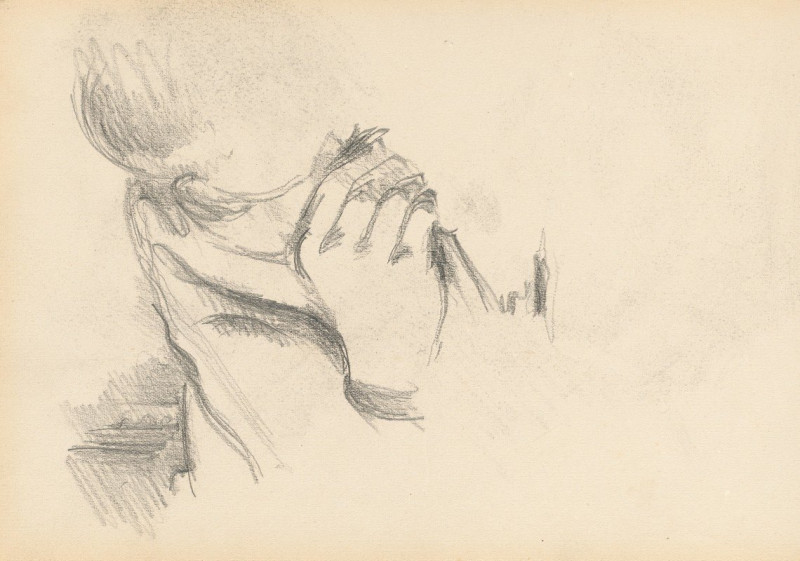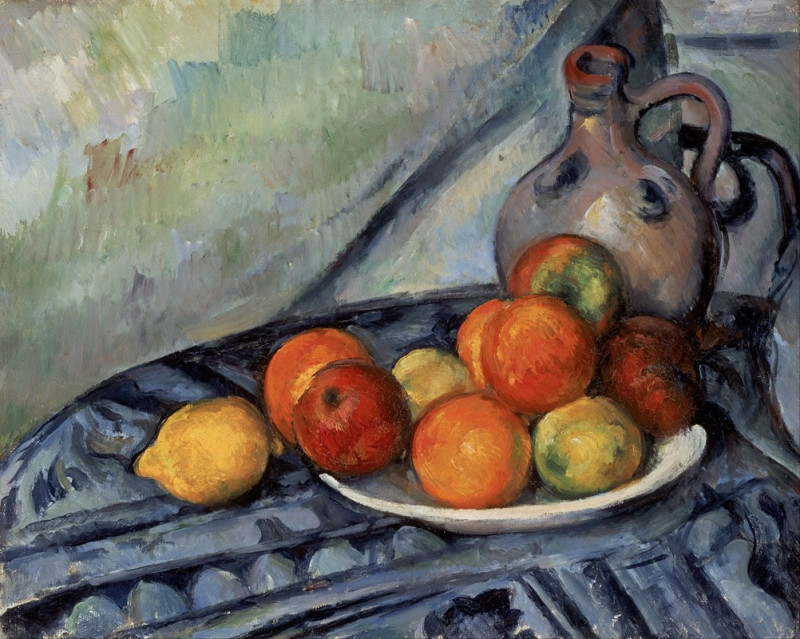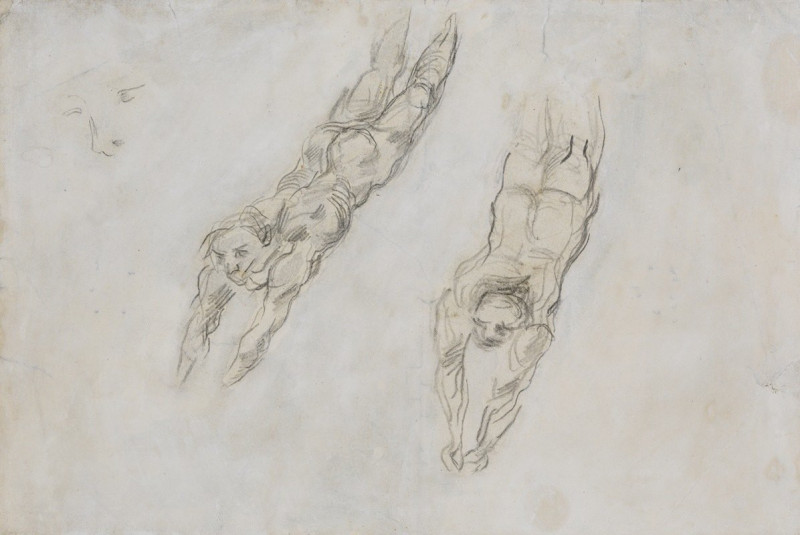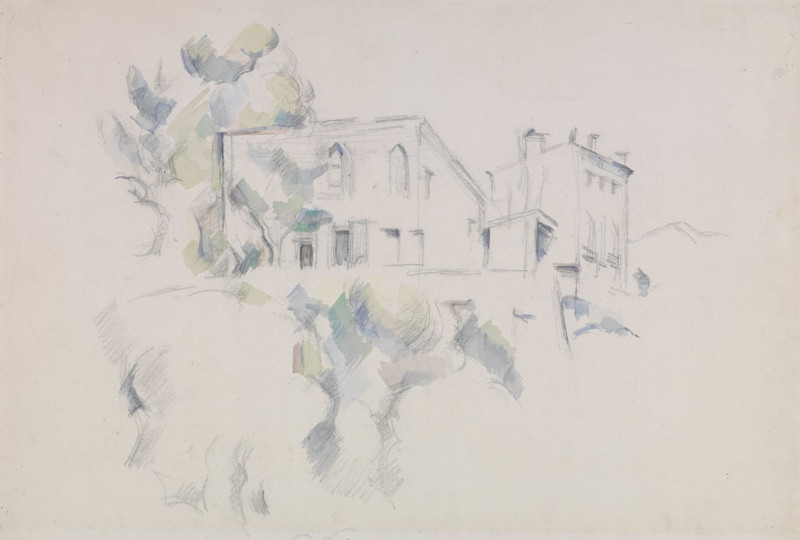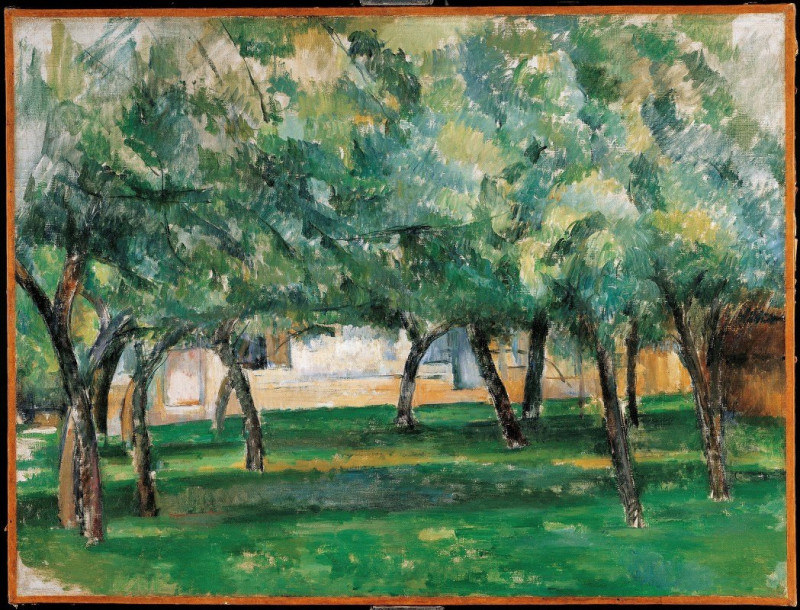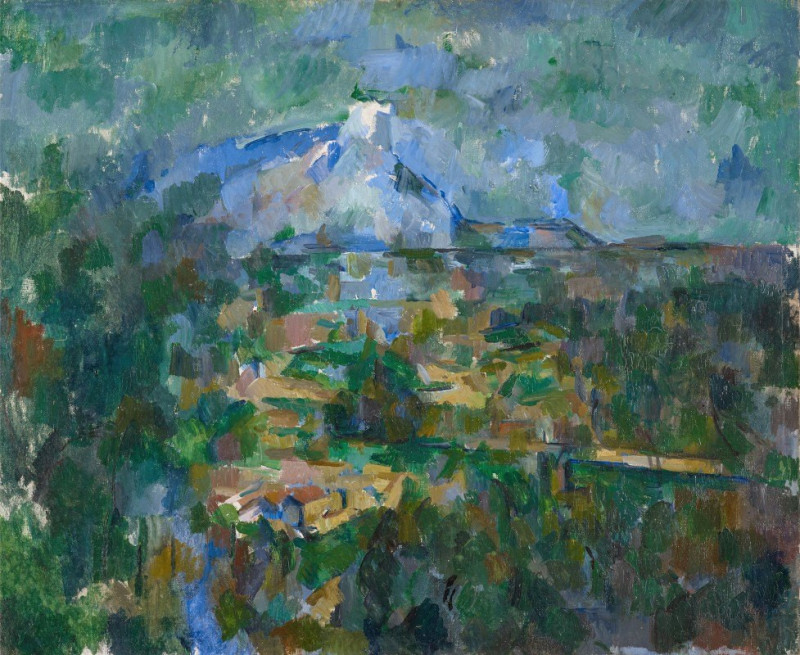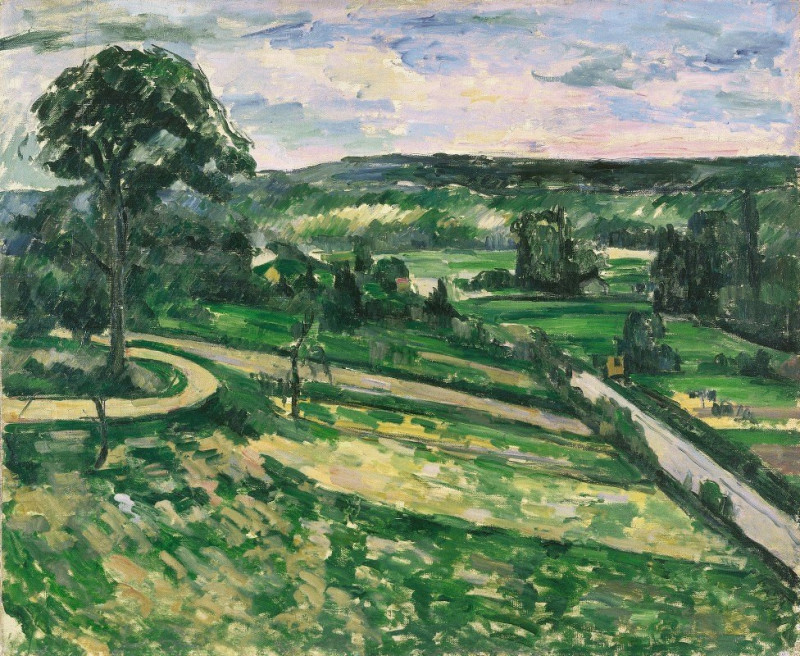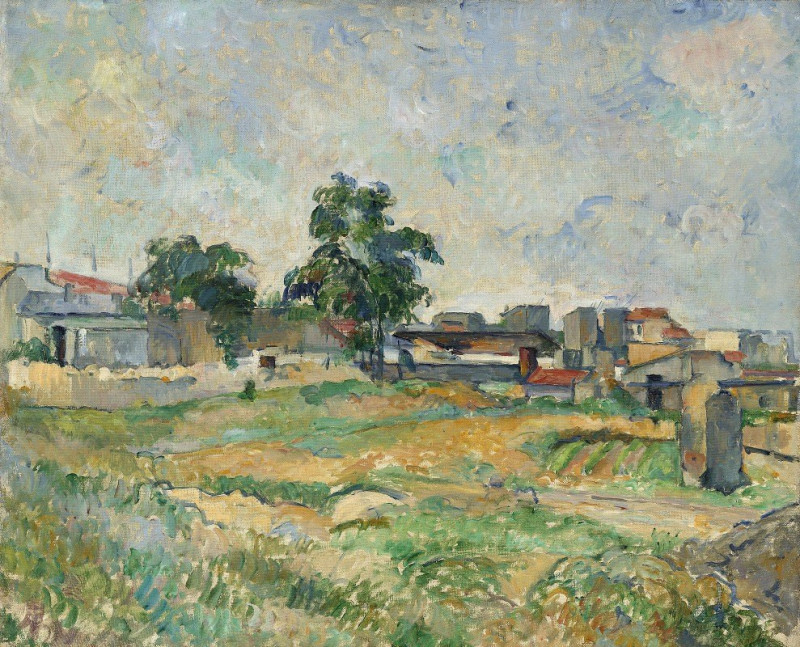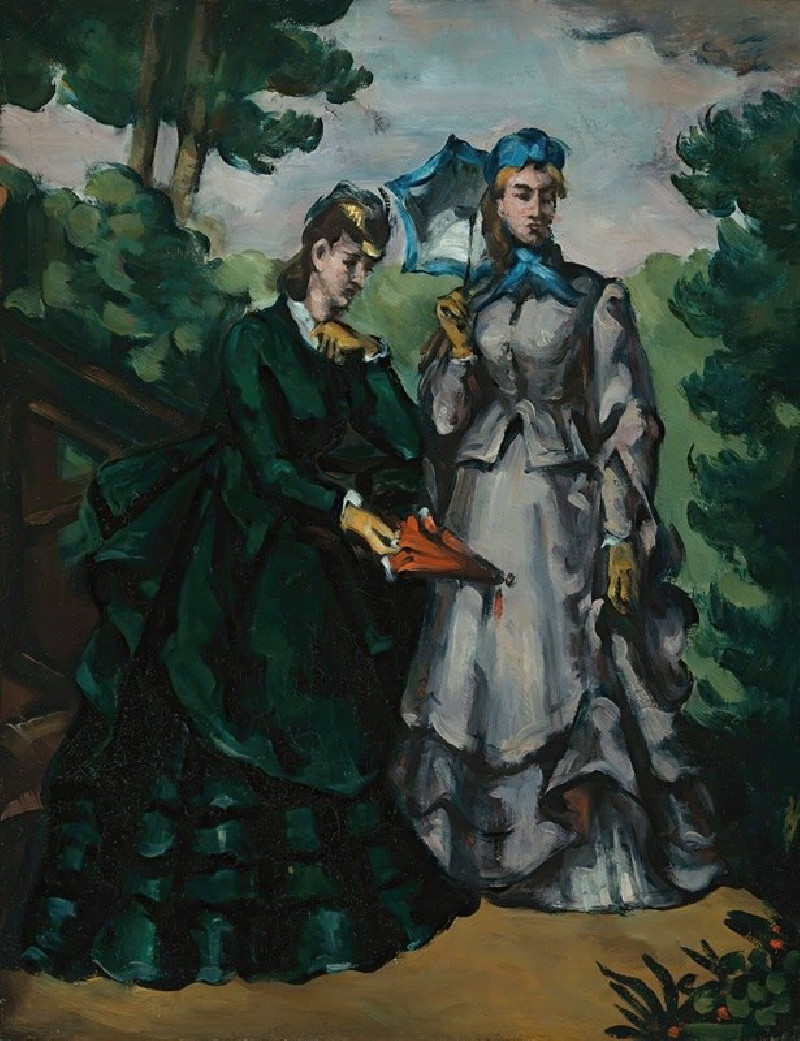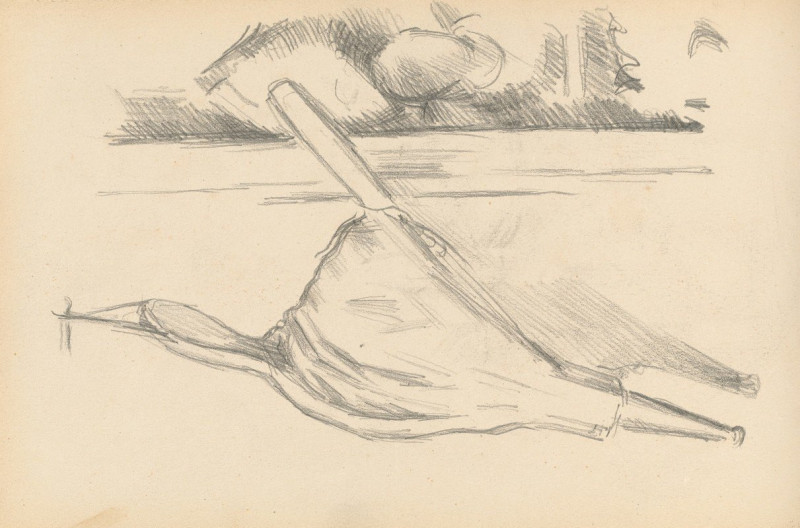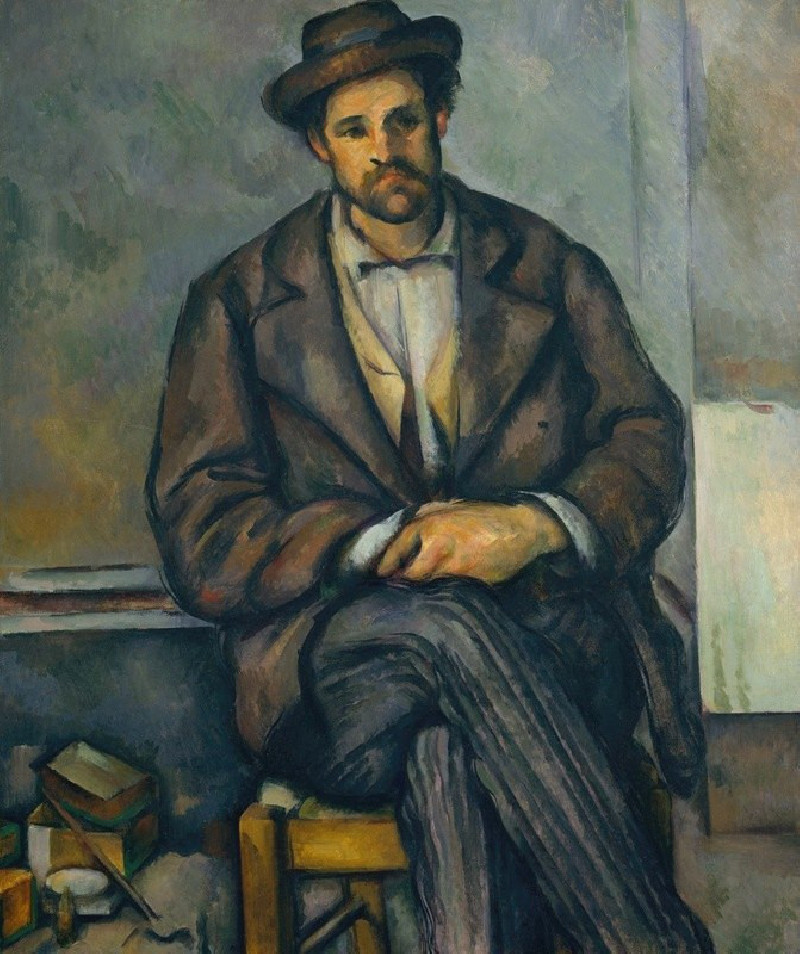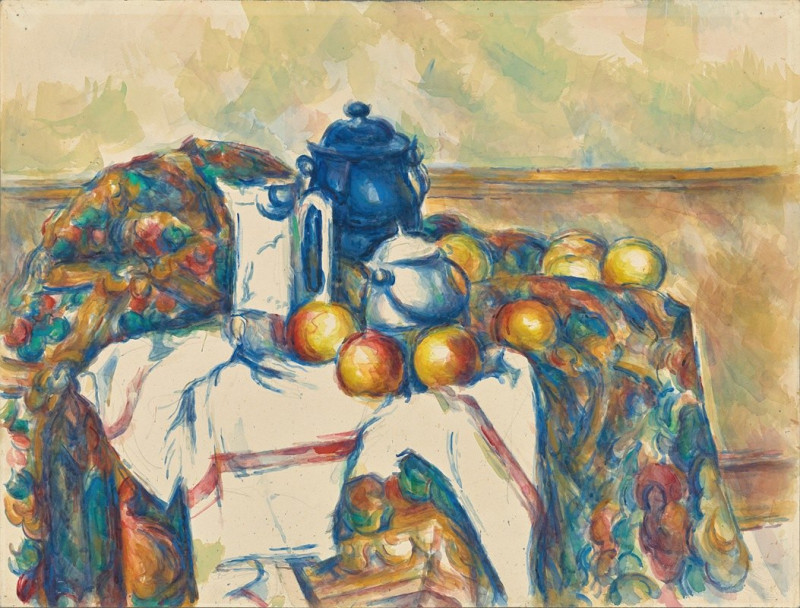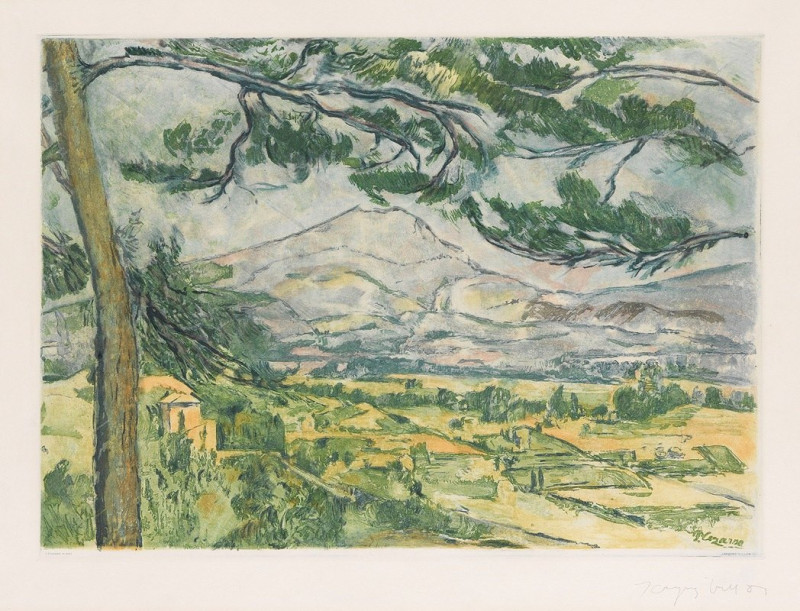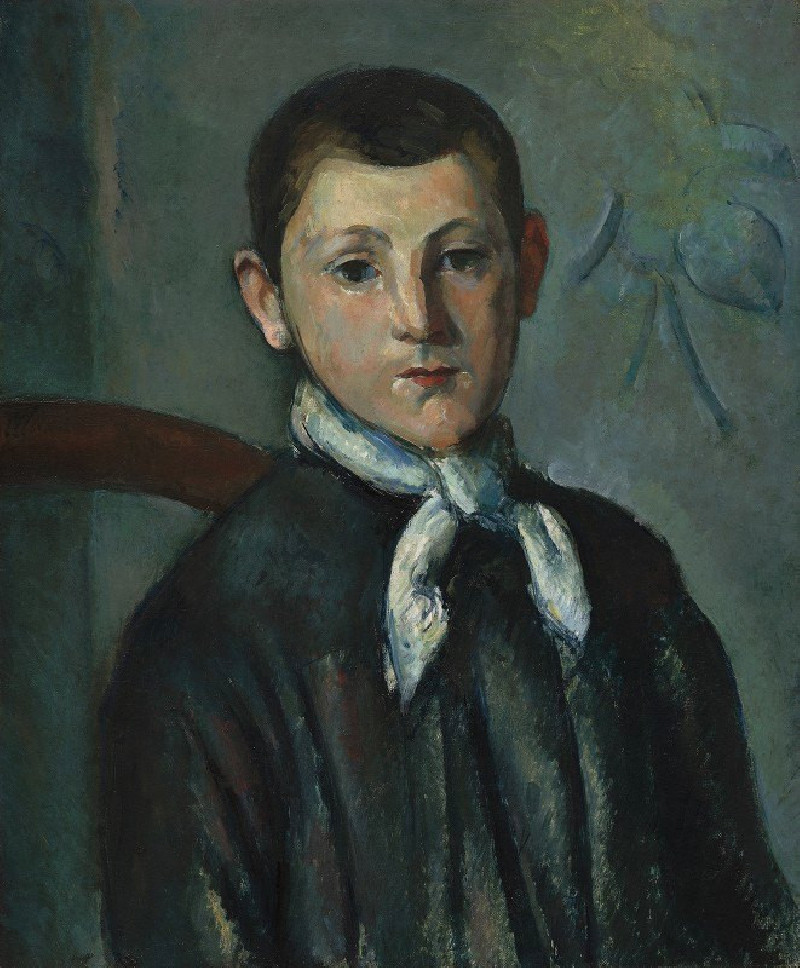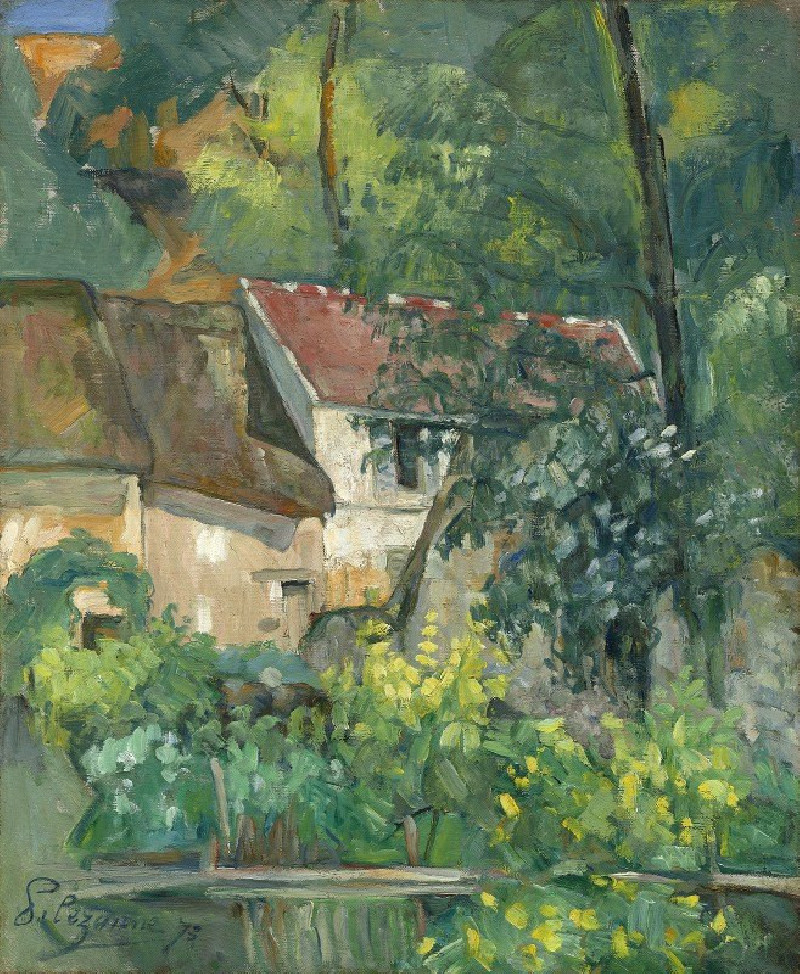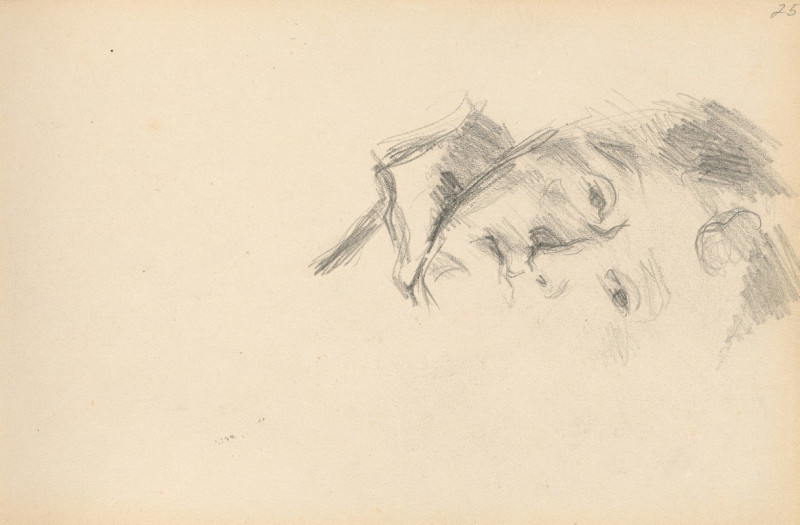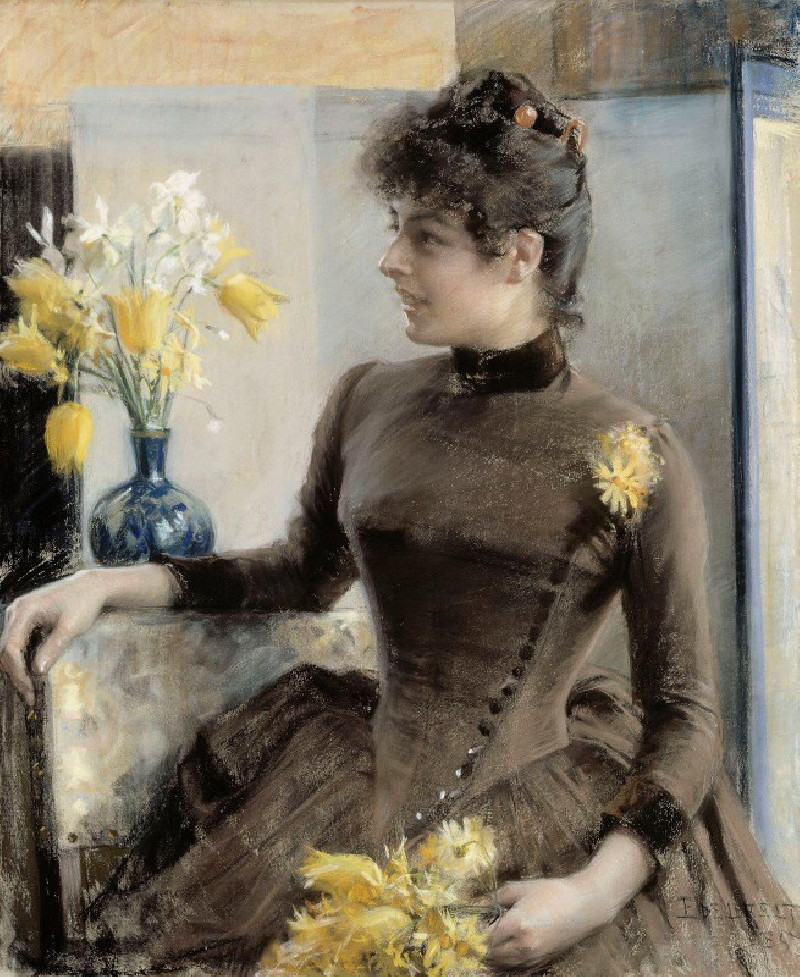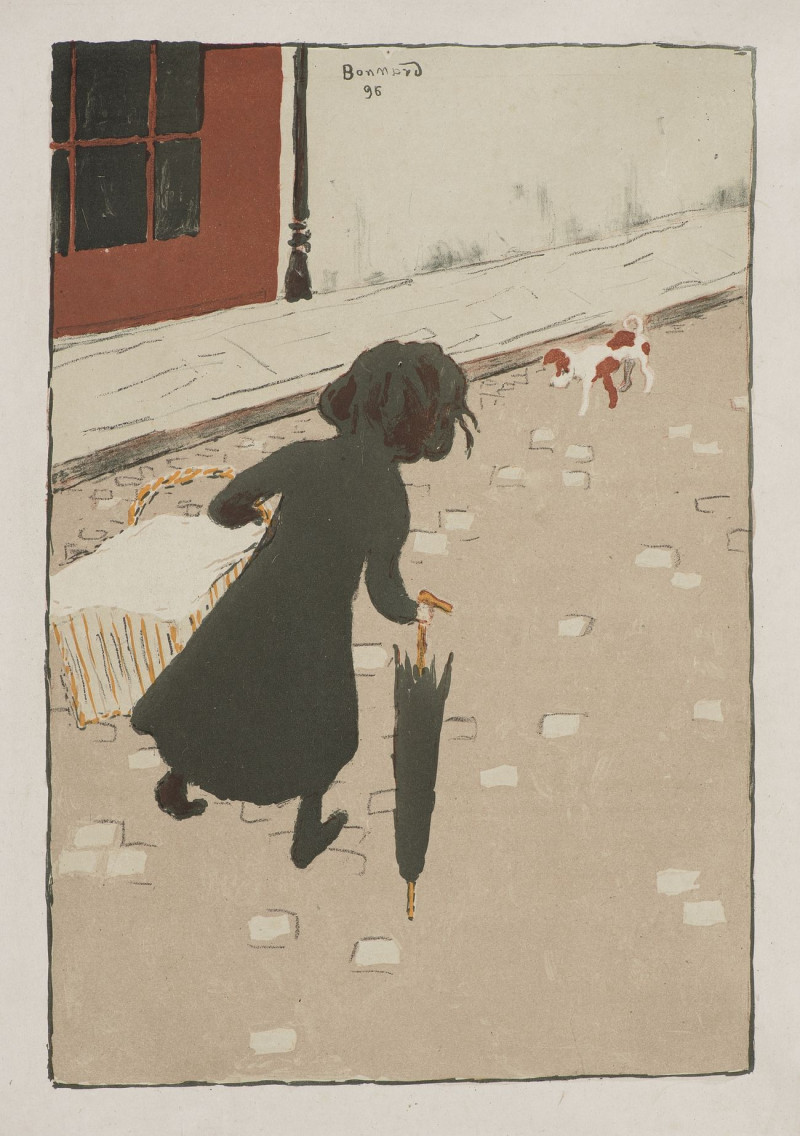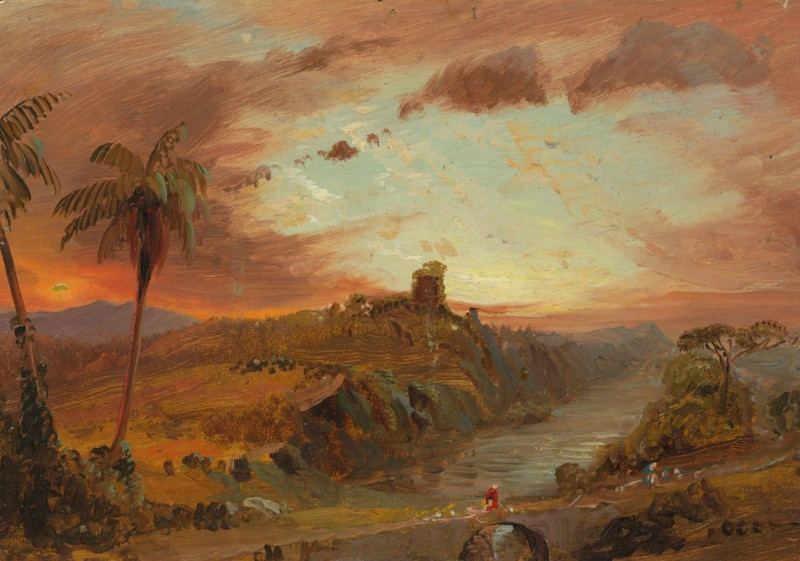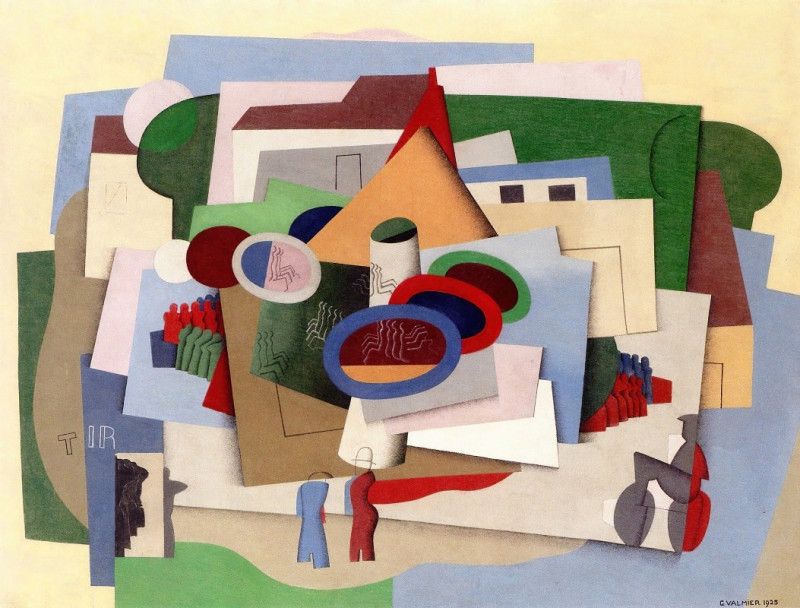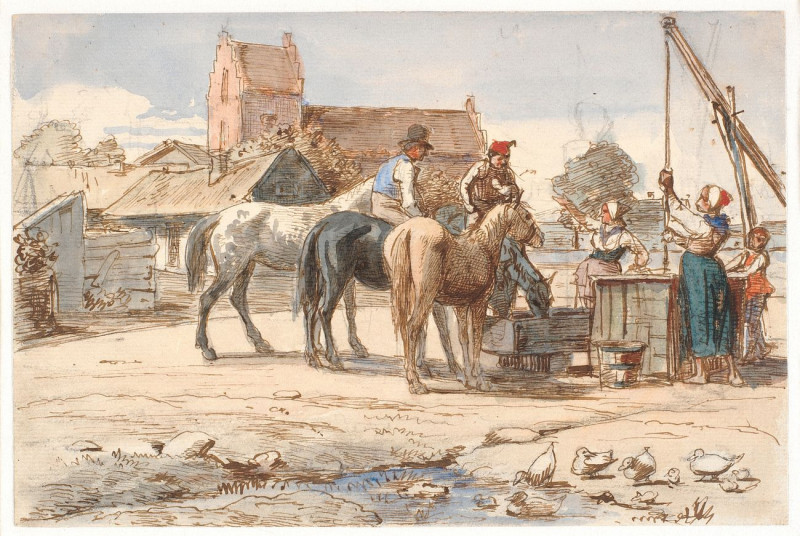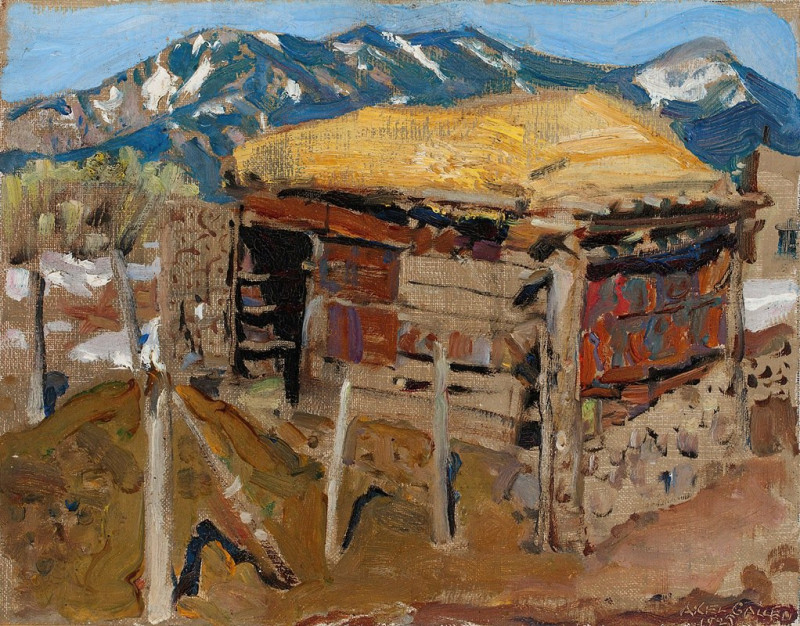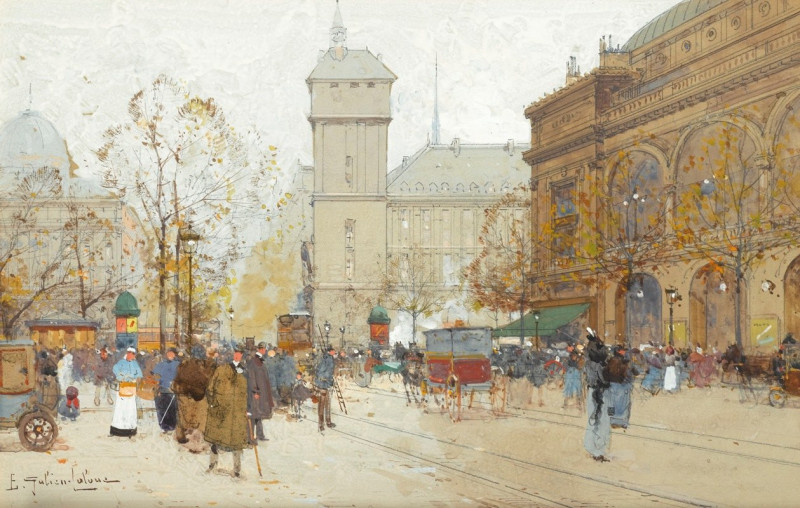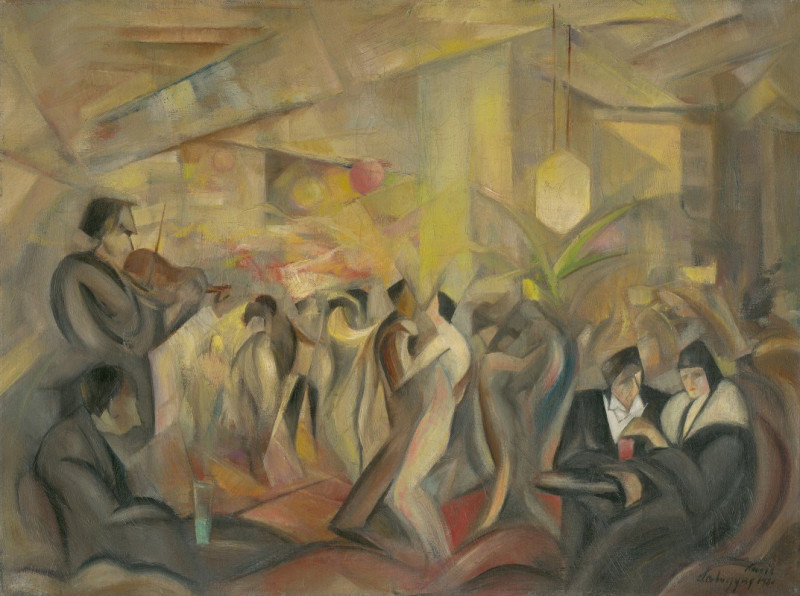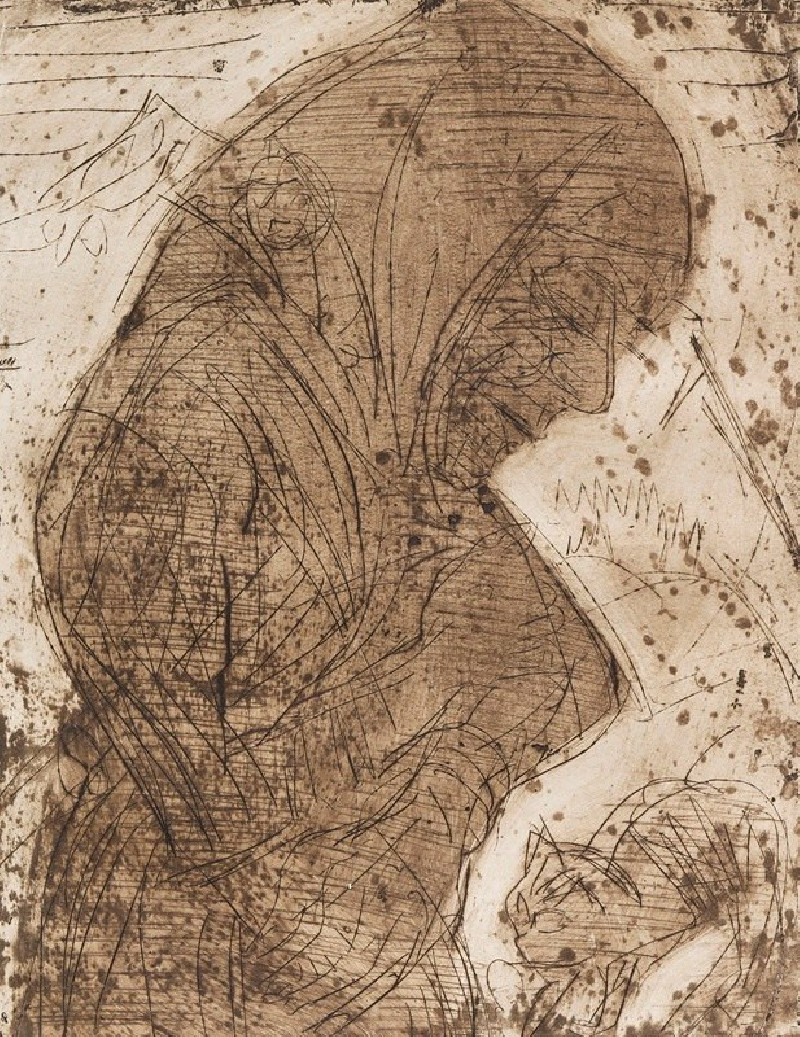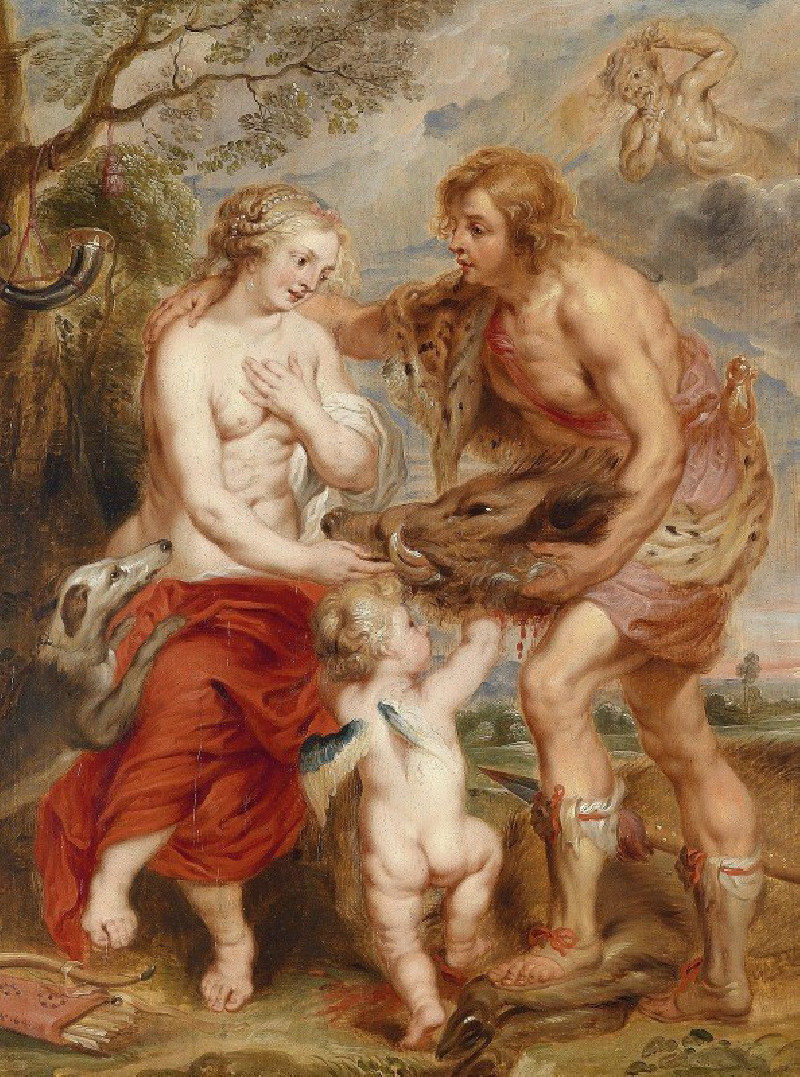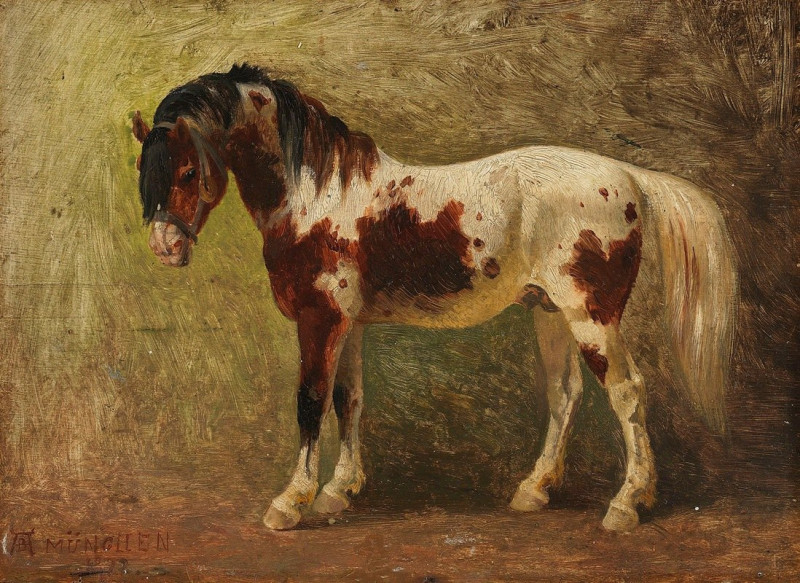The Plaster Mill (La Moulin à plâtre) (1889-1892)
Technique: Giclée quality print
Recommended by our customers
More about this artwork
Paul Cézanne's "The Plaster Mill (La Moulin à plâtre)" is a compelling study that delicately captures the interaction between industrial development and the natural environment. Dated between 1889 and 1892, this pencil sketch forms part of Cézanne's exploration of landscapes and human intervention.In the artwork, you can see the faint outline of what appears to be a mill structure, partially obscured or perhaps blended into the surrounding landscape. The drawing conveys a rustic setting through loosely defined forms and light, sketchy strokes. Trees and foliage are indicated with quick, vertical lines that suggest movement and life, contrasting with the more rigid, geometric shapes that signify the mill.The softness of the pencil lines creates a sense of impermanence, perhaps reflecting Cézanne's personal reflections on the transient nature of human enterprises compared to the enduring, ever-evolving landscape. This piece invites viewers to contemplate the delicate balance between human progress and the natural world."The Plaster Mill" not only highlights Cézanne’s masterful draftsmanship but also encourages us to think about the impacts of industrialization. It is a subtle reminder of the artist's deep connection to the Provencal landscape, an ongoing theme throughout his oeuvre.

